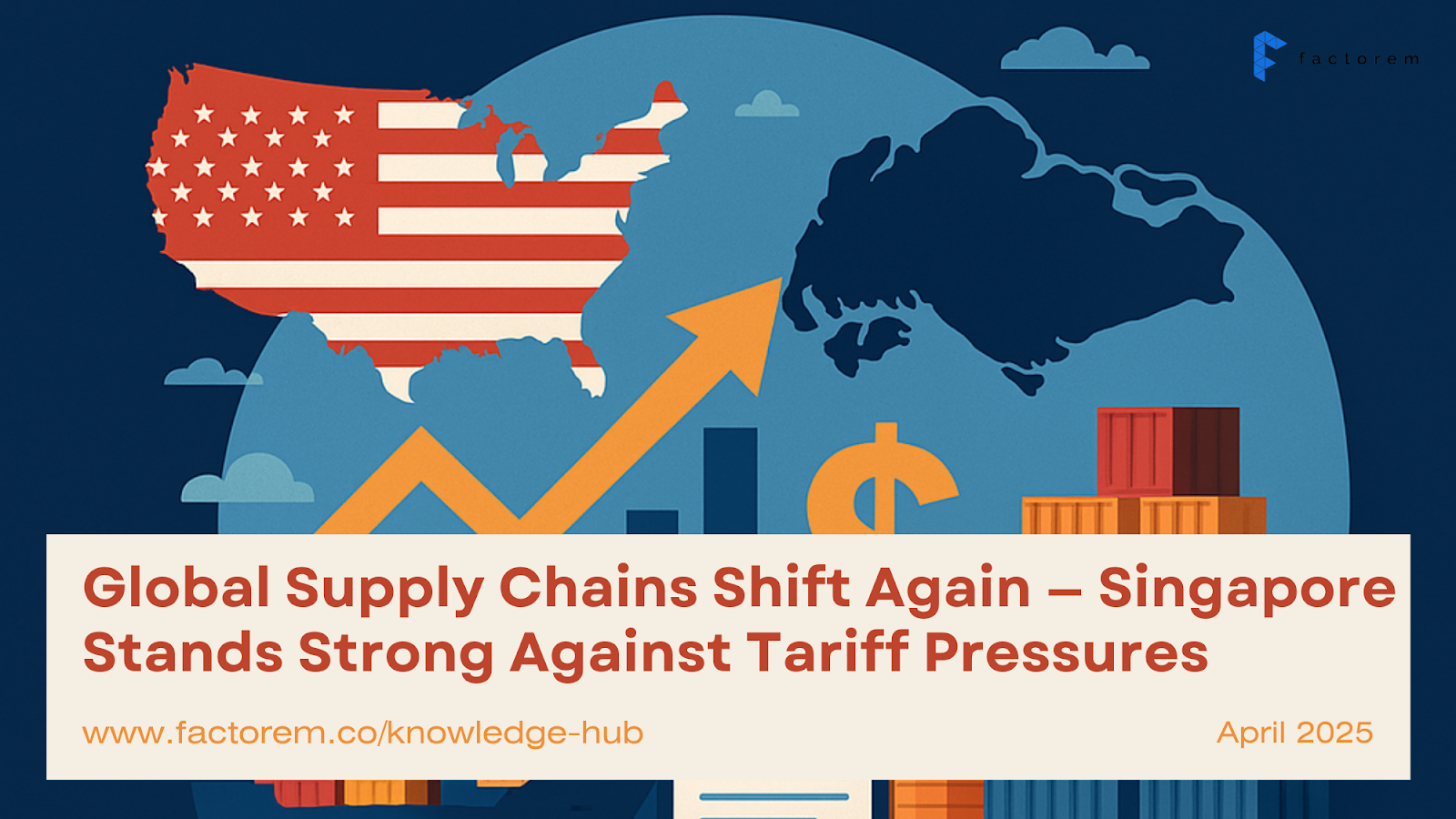
With new waves of trade restrictions hitting key manufacturing hubs like China and Vietnam, companies worldwide are making bold moves to safeguard operations, cut costs, and stay competitive.
One thing is clear: the global manufacturing landscape is shifting — and only the agile will thrive.
Note: all tariffs (except for China at 125%) are paused with a 10% blanket across countries for the next 90 days. The below is set to resume after 90days, pending updates.
The latest round of tariffs — especially the U.S. imposing up to 46% on Vietnamese goods — caught many companies off guard.
Vietnam had become a prime destination for manufacturers diversifying away from China. Now, businesses must pivot again, but this time more strategically.
Instead of chasing the next low-cost location, companies are building multi-country sourcing strategies, investing in regional hubs, and leveraging digital platforms to stay ahead of geopolitical risk.
Countries like the Philippines, India, and Mexico are seeing renewed interest. While they may lack China’s scale, they offer key advantages:
For example:
Southeast Asia remains a vital manufacturing base, but businesses are now more cautious.
Countries like Thailand, Malaysia, and Indonesia are attracting projects, yet rising tariffs highlight the need for diversification.
Companies are no longer relying on one country — they are blending Southeast Asian operations with suppliers in Eastern Europe, Latin America, and South Asia to build resilient, distributed supply chains.
Despite political calls to bring manufacturing home, reshoring remains economically unrealistic.
Higher labor costs, missing supplier ecosystems, and decades of lost infrastructure make domestic production much more expensive — even with tariffs.
Consumers still expect affordability, pushing companies to optimize, not relocate, their supply chains.
Today’s manufacturers are prioritizing reliability, agility, and risk reduction over just cost savings.
Digital tools like real-time sourcing platforms, AI-driven cost modeling, and supply chain visibility software are helping decision-makers make faster, smarter choices.
Trade agreements and foreign investment policies are now central to long-term supply chain planning.
In an era of ongoing tariff uncertainty, one principle stands out:
Adaptability is the new competitive advantage.
Even with rising tariffs across Southeast Asia, Factorem offers a critical advantage.
By consolidating manufacturing operations in Singapore — a country subject only to the 10% baseline tariff — Factorem ensures minimal tariff impact for U.S.-centric customers.
Unlike Vietnam (46% tariffs) or Indonesia (32% tariffs), Factorem processes and ships parts directly from Singapore to the U.S., helping you:
💡 Want a supply chain that’s built to last?
Factorem’s AI-powered platform makes sourcing easy: upload your 3D files,